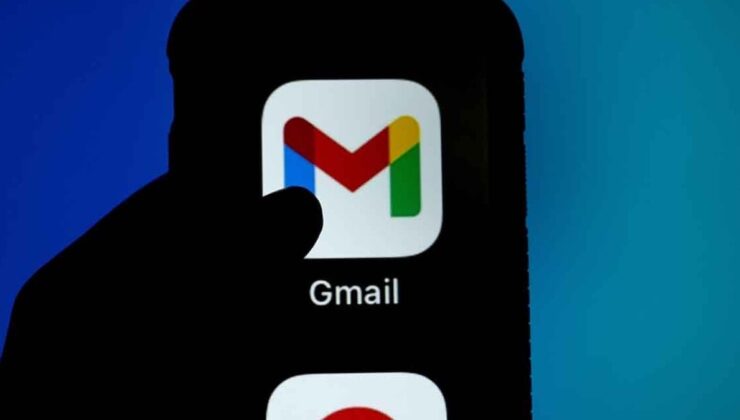



With a user base nearing 2 billion, Google’s Gmail platform has become a prime target for cybercriminals. Security experts are drawing attention to the increasing number of phishing attacks directed at Gmail users, as well as emerging threats linked to Google’s end-to-end encryption (E2EE) feature, as reported by Forbes.
Google’s introduction of end-to-end encryption for Gmail was a major advancement in enhancing email security and privacy. This feature creates a protective bubble around emails, ensuring they remain secure. However, while these encrypted messages are automatically decrypted for Gmail users, recipients who do not use Gmail are prompted to view them through a Google Workspace guest account. This scenario can be exploited by cybercriminals to launch phishing attacks using counterfeit invitations.
Phishing attacks powered by artificial intelligence can create a blurred line between reality and threat, enabling attackers to more effectively deceive victims and obtain their email credentials. As threats continue to evolve, Google is actively updating security measures to counteract these risks.
Despite Google’s efforts, users must remain vigilant against fake invitations and be proactive about email security. This is especially critical for recipients who access these invitations via platforms other than Gmail, as they may face heightened risk. Gmail users are advised to exercise caution with suspicious invitations and to verify the legitimacy of emails, ensuring they are from trusted sources.
Cybersecurity experts emphasize the importance of raising awareness among users to defend against such threats. By staying informed and cautious, users can better protect themselves from phishing attacks and enhance their overall email security.
SİGORTA
4 gün önceSİGORTA
5 gün önceENGLİSH
14 gün önceSİGORTA
14 gün önceSİGORTA
14 gün önceSİGORTA
18 gün önceSİGORTA
19 gün önce 1
Elon Musk’s Father: “Admiring Putin is Only Natural”
11780 kez okundu
1
Elon Musk’s Father: “Admiring Putin is Only Natural”
11780 kez okundu
 2
7 Essential Foods for Optimal Brain Health
11760 kez okundu
2
7 Essential Foods for Optimal Brain Health
11760 kez okundu
 3
xAI’s Grok Chatbot Introduces Memory Feature to Rival ChatGPT and Google Gemini
11508 kez okundu
3
xAI’s Grok Chatbot Introduces Memory Feature to Rival ChatGPT and Google Gemini
11508 kez okundu
 4
DJI Mini 5: A Leap Forward in Drone Technology
10689 kez okundu
4
DJI Mini 5: A Leap Forward in Drone Technology
10689 kez okundu
 5
Minnesota’s Proposed Lifeline Auto Insurance Program
9704 kez okundu
5
Minnesota’s Proposed Lifeline Auto Insurance Program
9704 kez okundu
Veri politikasındaki amaçlarla sınırlı ve mevzuata uygun şekilde çerez konumlandırmaktayız. Detaylar için veri politikamızı inceleyebilirsiniz.